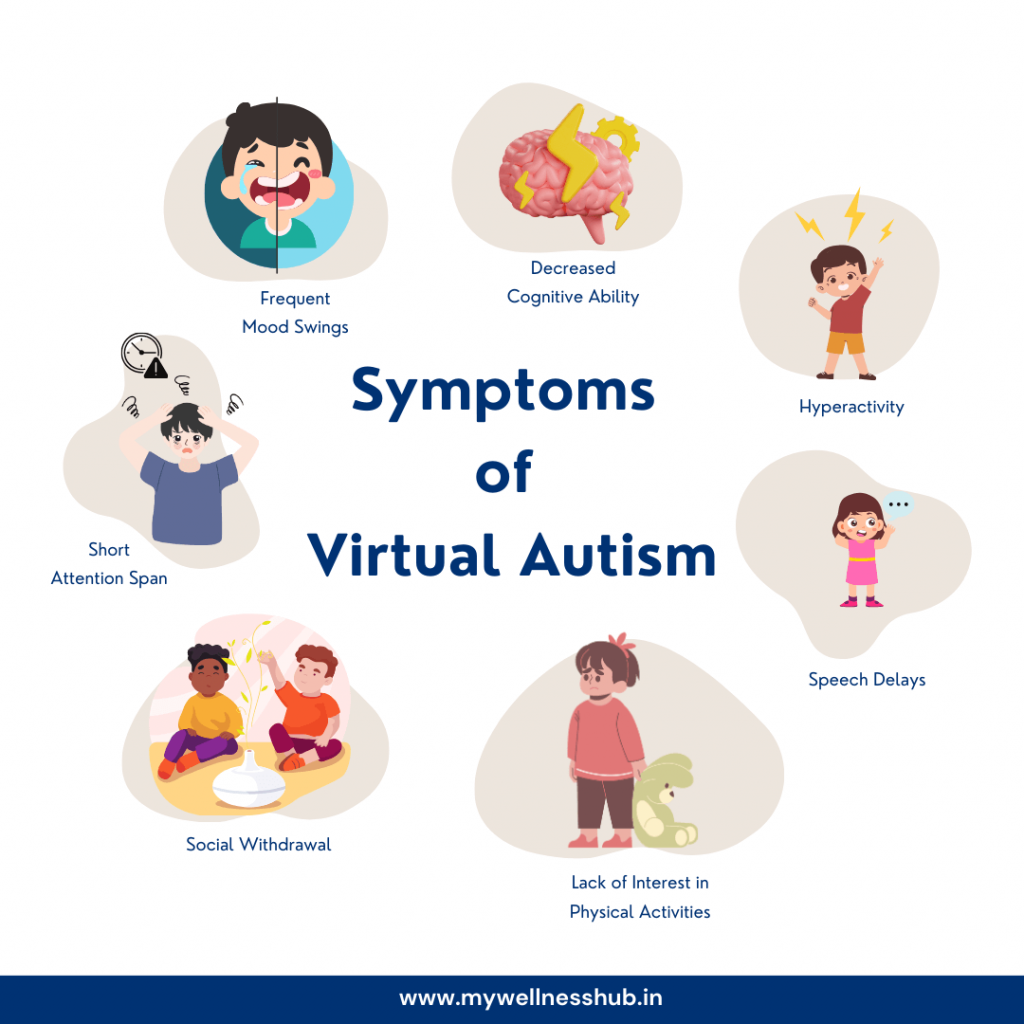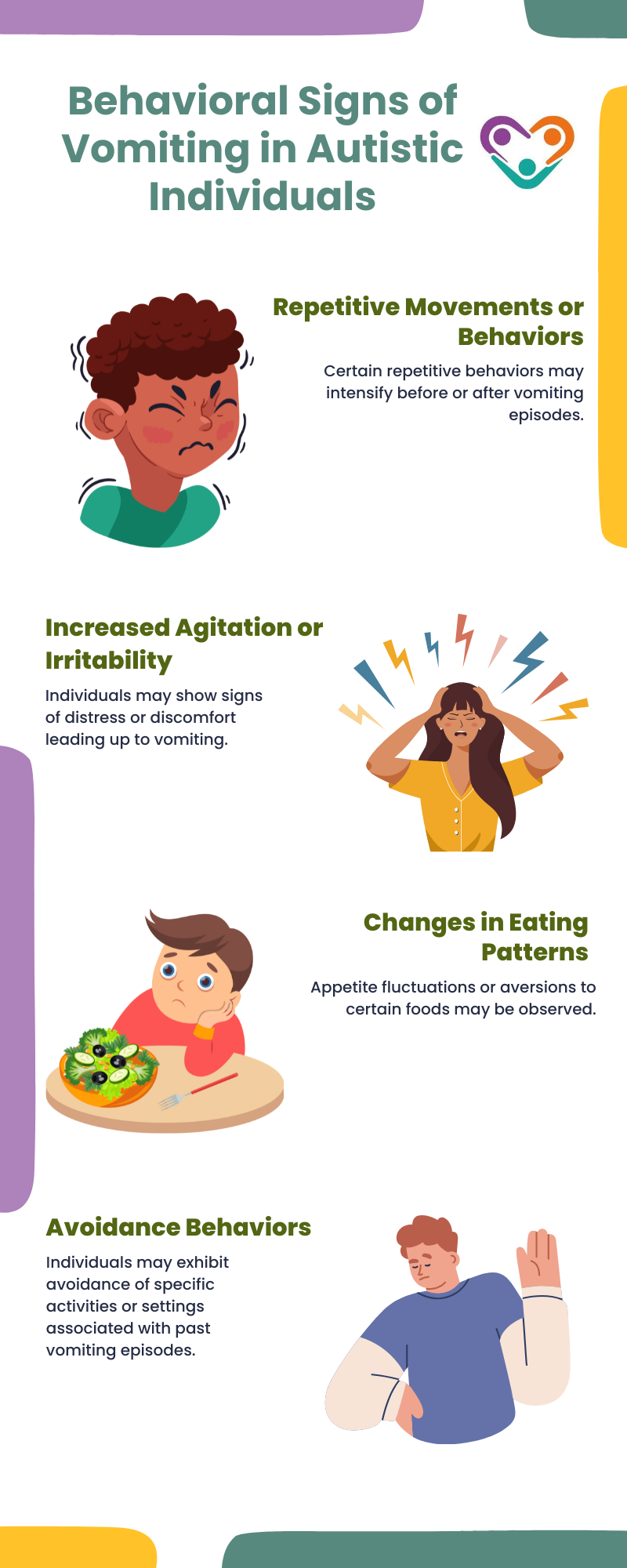Why early support from an Aba Therapist is key
Comprehending the Effect of Behavioral Autism on Life and Social Interactions
You could not understand just how deeply behavior autism influences everyday life and social communications. People on the spectrum typically navigate a world filled up with interaction obstacles and sensory overload. These difficulties can result in frustration and seclusion, affecting their relationships and overall well-being. Understanding these subtleties is crucial for promoting helpful settings. What approaches can we implement to develop more inclusive spaces and purposeful links? The solutions might surprise you.
Defining Behavior Autism and Its Qualities
Behavioral autism, usually described as autism range disorder (ASD), encompasses a variety of problems characterized by obstacles in social communication, communication, and repetitive habits. You might notice that individuals with ASD commonly have a hard time to interpret social cues, which can result in misconceptions in conversations. They may find it difficult to develop eye get in touch with or engage in tiny talk, making social situations really feel frustrating.
Communication difficulties can materialize in numerous ways, from postponed speech development to a choice for using fewer words. By identifying these characteristics, you can foster an atmosphere that advertises approval and urges effective communication, aiding people with autism flourish in their everyday interactions.
The Spectrum of Autism: Recognizing Irregularity in Actions
Autism spectrum problem (ASD) isn't a one-size-fits-all medical diagnosis; it differs extensively amongst people. You could discover that some individuals with ASD exhibit moderate symptoms, while others may deal with a lot more considerable challenges. This variability can manifest in actions, interests, and sensory sensitivities. You may experience individuals who are very spoken and engage easily in discussions, while others could favor singular activities or connect non-verbally.
Additionally, the way individuals with ASD react to sensory input can differ greatly; some may be bewildered by brilliant lights or loud noises, whereas others prosper in stimulating environments. The range also includes differences in social communications; some people might have a hard time to interpret social signs, while others navigate social settings with loved one convenience. Comprehending this irregularity is important, as it helps you appreciate everyone's special experience and dressmaker support to their certain requirements, fostering a more comprehensive environment for everyone.
Interaction Difficulties Faced by People With Autism
When you connect with individuals on the autism range, you might see their distinct communication difficulties. They commonly face difficulties with both nonverbal and spoken cues, which can affect their social communications. Recognizing these obstacles is crucial for fostering much better connections and assistance.

Verbal Interaction Troubles
Numerous people on the autism spectrum experience spoken interaction difficulties that can substantially affect their everyday communications. Your tone, rate, or quantity could not line up with social assumptions, triggering others to misunderstand your objectives. Acknowledging these obstacles can help you and your assistance network establish approaches to boost communication and promote better connections with others in your daily life.
Nonverbal Interaction Barriers
Spoken interaction isn't the only difficulty individuals on the autism range face; nonverbal communication obstacles can be equally as substantial. You might discover it hard to translate body language, faces, and eye call, which are important for efficient interaction. These challenges can result in misconceptions or false impressions of social signs, making communications really feel overwhelming or confusing. You may struggle to share your very own feelings through nonverbal means, leaving others not sure of your sensations or objectives. This disconnect can develop feelings of seclusion and stress. Identifying these barriers is essential for fostering understanding and compassion in your communications. By resolving nonverbal interaction, you can locate techniques to enhance your social experiences and enhance your general high quality of life.
Social Communication Influences
Social interactions can usually really feel frustrating due to the unique communication difficulties faced by individuals with autism. You could fight with analyzing social cues, making it tough to recognize sarcasm or body language. This can bring about misunderstandings or uncomfortable minutes in discussions. Additionally, initiating and keeping conversations may really feel challenging, creating anxiety in social situations. You might favor structured environments, making spontaneous communications awkward. It's additionally common to experience trouble in engaging in small talk, which can hinder developing brand-new friendships. Acknowledging these difficulties can assist you discover strategies to enhance communication, such as exercising social skills in safe setups or utilizing visual help - Aba Therapist. Recognizing your requirements allows you to browse social communications with higher confidence and convenience.
Social Interaction and Relationship Structure in Autism
While structure partnerships can be challenging for people with autism, recognizing their unique point of views and interaction styles can promote purposeful connections. You might notice that many people on the range choose straight communication and might have a hard time with social hints or tiny talk. By being simple in your communications, you can aid produce an environment where they feel comfy.
Make the effort to observe and pay attention just how they reveal themselves. This understanding can direct you in guiding discussions extra properly. Engaging in shared rate of interests can likewise work as a bridge to much deeper links. Whether it's a hobby, a preferred show, or a shared passion, these typical threads can open up doors to relationship.
Life Routine: Navigating Difficulties and Techniques
Navigating day-to-day life regimens can be specifically testing for individuals with autism, particularly when unforeseen modifications occur. To navigate these obstacles, think about executing aesthetic schedules or checklists.
Establishing a regimen that includes sensory breaks can additionally be useful. This helps create an understanding atmosphere.
Last but not least, method mindfulness methods to take care of anxiety and stress and anxiety. Straightforward breathing exercises or basing techniques can make a considerable distinction. By integrating these strategies, you can boost your everyday regimen and lessen disturbances, making life really feel more workable.
Strengths and Capabilities of People on the Autism Range
Comprehending every day life routines is simply one facet of the autism experience. Several people on the autism spectrum possess impressive strengths and capacities that set them apart. You might discover that your focus to detail is exceptional, enabling you to master tasks that require precision and emphasis. Your capacity to think outside the box can result in cutting-edge solutions in different scenarios.
Furthermore, your memory skills usually beam, especially in areas of interest. Autism Spectrum Therapies. This propensity for maintaining information can make you a beneficial resource in fields like art, science, or modern technology. You might likewise show solid visual thinking, enabling you to visualize complex ideas and resolve troubles artistically
In addition, your unique perspective on the globe can promote empathy and understanding in others, enhancing social interactions. Welcoming these toughness not just enhances your self-confidence however also aids others value the varied skills you bring to the table.
Producing Inclusive Environments for Individuals With Autism
Developing inclusive environments for people with autism begins with developing sensory-friendly rooms that provide to their one-of-a-kind requirements. You can additionally foster possibilities for social communication, helping to develop connections and relationships. By making these changes, you'll contribute to a much more welcoming ambience for every person.
Designing Sensory-Friendly Spaces
While making sensory-friendly spaces, it's essential to reflect on the distinct needs of individuals with autism. Include silent areas where individuals can reenergize and pull back when bewildered. Consist of visual routines or clear signage to help individuals browse the area confidently.
Promoting Social Communication Opportunities
Designing sensory-friendly areas not just addresses individual comfort yet additionally sets the stage for purposeful social communications among people with autism. To promote these interactions, create comprehensive settings that invite participation. Arrange organized tasks, additional hints like art classes or team video games, that urge partnership without frustrating sensory input. Usage visual help and clear communication to aid every person involve Check Out Your URL easily. Encourage peer mentoring, coupling people with autism with encouraging peers who can lead them via social situations. In addition, take into consideration holding regular neighborhood events that commemorate neurodiversity, fostering approval and understanding amongst all participants. By executing these approaches, you can enhance social possibilities, helping people with autism build relationships and strengthen their social skills in a secure, welcoming setting.

Frequently Asked Concerns
Exactly How Can Pals Support Somebody With Behavioral Autism?
You can support a friend with behavioral autism by holding your horses, paying attention proactively, and respecting their boundaries. Participate in activities they appreciate, connect openly, and produce a comfortable atmosphere where they really feel valued and recognized.
What Resources Are Readily Available for Moms And Dads of Children With Autism?
You can discover different resources for parents of youngsters with autism, including assistance groups, academic web sites, and local area solutions. Linking with other parents can also provide valuable understandings and shared experiences to assist navigate difficulties.
Can Behavioral Autism Change With Time?

Yes, behavior autism can change with time. You might discover changes in interaction, social skills, and habits as your youngster expands. Early intervention and assistance commonly play crucial roles in these developmental adjustments.
Exactly How Do Sensory Level Of Sensitivities Affect Daily Life?
Sensory level of sensitivities can make daily experiences overwhelming. You may battle with loud noises or intense lights, leading to stress and anxiety or avoidance. Discovering atmospheres that accommodate your demands can substantially enhance your comfort and total life.
What Are Common Misconceptions Regarding Behavioral Autism?
You might think behavioral autism just influences communication abilities, yet it's more complex. Many presume people do not have empathy or intelligence, which isn't true. Comprehending these misconceptions aids foster acceptance and assistance for those on the range.
Behavioral autism, usually referred to as autism range condition (ASD), incorporates an array of conditions identified by challenges in social communication, interaction, and recurring habits.Social communications can commonly feel frustrating due to the unique interaction difficulties encountered by individuals with autism.Creating sensory-friendly spaces not just addresses individual comfort yet also directory sets the phase for meaningful social communications among people with autism. Urge peer mentoring, pairing individuals with autism with encouraging peers who can direct them through social circumstances. By applying these methods, you can boost social opportunities, helping individuals with autism build friendships and enhance their social abilities in a risk-free, inviting setting.